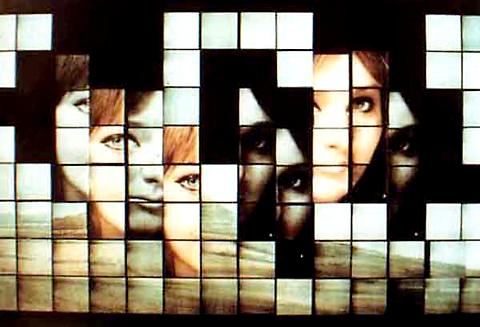
Stage Make-up is a very creative process. Make-up is an essential part in creating believable characters. Whether it is for theatre, television or for the movie industry, makeup is an essential part in creating believable characters out of everyday people and actors alike. Not only is the makeup important, but removing the makeup would be a critical element in the production’s success. Over the centuries, makeup has made as much of a transition as the performing arts itself.
The theatre actors of the Greek and Roman era used masks before the need for face makeup became popular. The masks were used over several hundred years and the styles changed continuously during this time. They were used to show the emotions of the characters and to allow actors to switch roles and play characters of a different gender. During the medieval time, European theatre introduced face paint makeup for the first time. In religious plays, God and Christ were depicted by painting the actors faces gold or white and the faces of angels were portrayed bright red. The actors of Elizabethan England powdered their faces with chalk if they were playing murderers or ghosts. The actors who were playing dark-skinned people such as the Moors would use soot to cover their faces. The face makeup and costuming in early centuries were not historically accurate until the 19th century.
When the stage makeup finally became perfected and used in a timely, accurate manner, the invention of motion pictures created a whole new problem for actors and theatre producers.
Stage makeup was unsatisfactory for the film medium and the industry set out to improve the makeup for this new form of media. In 1910, the Max Factor cosmetic company designed the first makeup for motion picture use only. It consisted of light, semi-liquid greasepaint that was applied by hand or by grease stick. The film industry used makeup to remodel and create a different look to the actor. It had to be applied skillfully so the facial expression would have a natural freedom of movement.
The makeup for the performing arts has come a long way since the early first centuries. As time goes on, the makeup industry will continue to perfect the process of changing one actor into another in a matter of a short time.
Many of you have probably seen the Beckett pieces... I thought that the make-up for "play" and the "mouth" were very creative.... the "mouth" consisted of one of the actors whose make-up was done simply...but with such a cool outcome... Her base was a dark black foundation and her mouth was an illuminated red color.... this was a very creative and cool looking scene because of the stage-makeup :)





